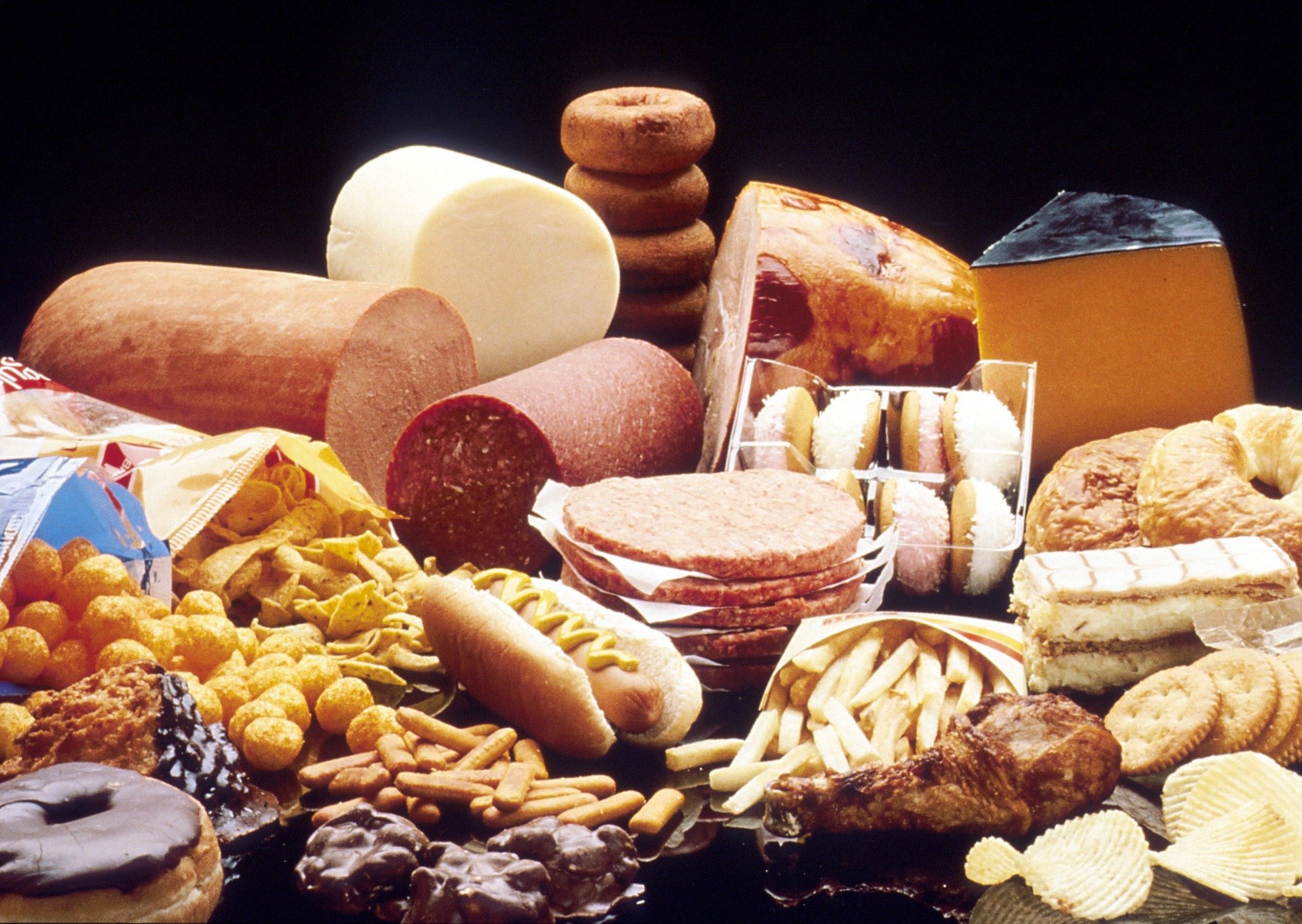We are living in unprecedented times, due to the novel coronavirus, SARS-CoV-2, and its disease, COVID-19. Thankfully, a global effort to fight COVID-19 is now in high gear, including ongoing strategies to identify potent anti-virals, vaccine development, increasingly widespread testing, and prevention of transmission. These measures, together, mean that we will, ultimately, win the battle. But will we lose the war?
As noted by Bloomberg recently, our social distancing and sheltering in place have been accompanied by a flight to comfort foods, as we’ve replaced spinach and salmon with cookies and chips. Many of us are developing a new “COVID cushion”—that extra 10 or 15 pounds we’ve put on from salad distancing and sheltering in popcorn. These trends speak volumes about why we are drawn to junk foods, about our own physiology, and about why our healthcare system is failing and Medicare is headed for bankruptcy. But the trajectory of the COVID-19 pandemic has yet to be unveiled fully—we have an opportunity to reduce risk through practices that not only reduce exposure, but also strengthen immune support and resilience.
A century ago, typical life-limiting diseases were infectious diseases such as pneumonia, tuberculosis, influenza, and diphtheria. Over time, we learned to treat or prevent nearly all of these infectious diseases, and now the vast majority of us are destined to limit our healthspans via metabolic diseases—cardiovascular disease, diabetes, Alzheimer’s, and stroke, among others. These diseases stem from the mismatch between our evolutionary design capacity and our chronic exposure to a toxic food supply and environment. We are failing against these 21st century plagues in part because our physiology dictates a preference for calorically-dense foods, and processed food manufacturers leverage that craving to sell billions of dollars of fast food, comfort food, and chronic disease food. Like any other poison, limited amounts of these are tolerable, but higher amounts are toxic. And like street drugs, these foods have powerful short-term effects, such as anti-depressant, complicated by long-term damage.
In calmer times, there has been a multi-pronged effort to reduce these metabolic illnesses through various approaches such as fasting, organic food, ketogenic diets, detoxification, and microbiome support, among others. These offer numerous benefits, and in fact the metabolic enhancements provide critical support to the immune system, thus reducing risk for COVID-19 morbidity and mortality. Vitamins C and D, zinc, phytonutrients, and improved glycemic control all help to optimize immune function. Conversely, it has been reported that those who succumb to COVID-19 are typically those with chronic conditions such as type 2 diabetes and cardiovascular disease—the very metabolic diseases attributable to our poor diets and lifestyle. However, optimizing our immune systems requires behavioral modifications that are not easy to initiate, and with stress comes a return to junk food—a return from protective, anti-viral food to inflammatory, anti-depressant food.
Undoubtedly, a portion of the recent growth in junk food sales like cookie snack-packs (up 20%) and potato chips (up 30%) can be attributed to a panic-induced run on groceries. But another key component of this growth may have less to do with seeking non-perishables and more to do with seeking comfort. In times of trouble—as Maslow’s hierarchy of needs may suggest—our motivation for self-improvement nose-dives as our focus turns to safety, security, and satiety.
With panic amok and a deep-seated craving for comfort overriding rationality, how do we turn the ship around and let the logic of good health prevail?
With novel threats come novel solutions: we take to Zoom to quell our social isolation; we re-visit the monthly budget and make some (ugly, but) necessary adjustments; we grow accustomed to increased hand washing and surface sterilization. We are master-evolvers. And just as we are quickly adapting to this new normal, we may consider including a few strategies with both short-term and long-term advantages:
Start your morning in the sun.
Maintaining adequate levels of Vitamin D—which requires just fifteen minutes of sun exposure three times weekly—is critical to immunity. If you don’t have a backyard or balcony that allows for sun exposure 6 feet from your neighbors, you could also consider supplementing with Vitamin D.
Fast for at least 12 hours nightly.
Fasting helps suppress inflammation and remove waste material from your cells, both of which help to ward off infection.
Flavor with herbs and spices.
Bring in the trove of ammunition! Herbs and spices like oregano, sage, cilantro, parsley, rosemary, ginger and turmeric help fight viral infections. Alliums like garlic and onion also stimulate protective immune cells.
Add one dark leafy green to every meal.
The fiber and phytonutrients of dark leafy greens will help keep your blood sugar in check while enhancing your protective responses.
Get creative in the kitchen with healthy comfort food alternatives.
Modify your favorite comfort food recipes to satisfy your wants and your wellbeing. Jicama french fries. Zucchini noodle spaghetti. Cauliflower fried rice. For inspiration, head to siabrainhealth.com.
Enjoy, but take it easy on the virtual happy hours.
Alcohol disrupts the microbiome, damaging the immune cells of the gut lining, and weakening our protective barrier against pathogens.
Rise from your chair at least once every hour.
While exercise is critical, of equal importance is the avoidance of long periods of sitting. As we shelter in place, let’s commit to rising from our chairs (at the very least) once every hour. Stand, stretch, do a loop around your house – whatever you can make time for.
Get re-acquainted with your Fitbit.
It’s relatively easy to reach 10,000 steps on an active day outside of the house. That goal can feel daunting at home. Perhaps it’ll encourage a few jumping jacks, a workout video, or maybe even an active chore around the house.
Add a daily calendar invite: “Do 10 Pushups”.
Gyms have fooled us into believing we need fancy exercise equipment to strength train. Pushups, lunges, squats, pull ups, and planks are all great ways to prevent muscle loss, which can slow metabolism.
Commit to your daily water goal.
It takes liquid to flush out toxins. One way to calculate your water intake goal: take your total weight in pounds and divide it in half—try to consume that many ounces of water each day.
Set a “Go-To-Bed” reminder – and stick to it.
Perhaps the most powerful tool in our immunity-toolbox: sleep.
Relax!
De-stressing is more important than ever, especially since stress is immunosuppressive. Every once in a while, turn off the news and take time for meditation, music, or whatever brings you peace.
The objective is not perfection, but rather the commitment to take one small step in the right direction. These steps can help us to win both the shorter term, COVID-19 battle and the longer term war against premature aging and mortality.



